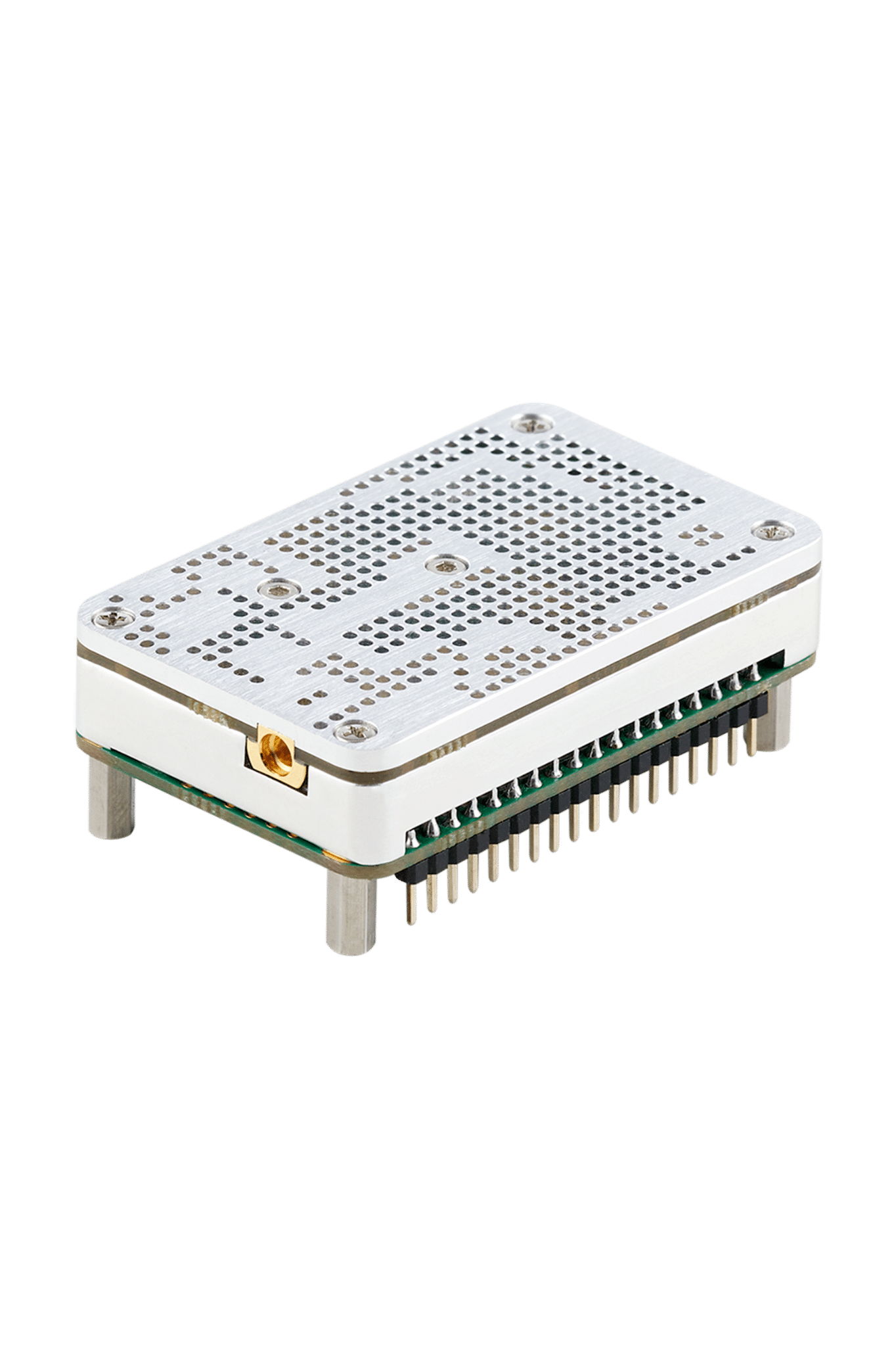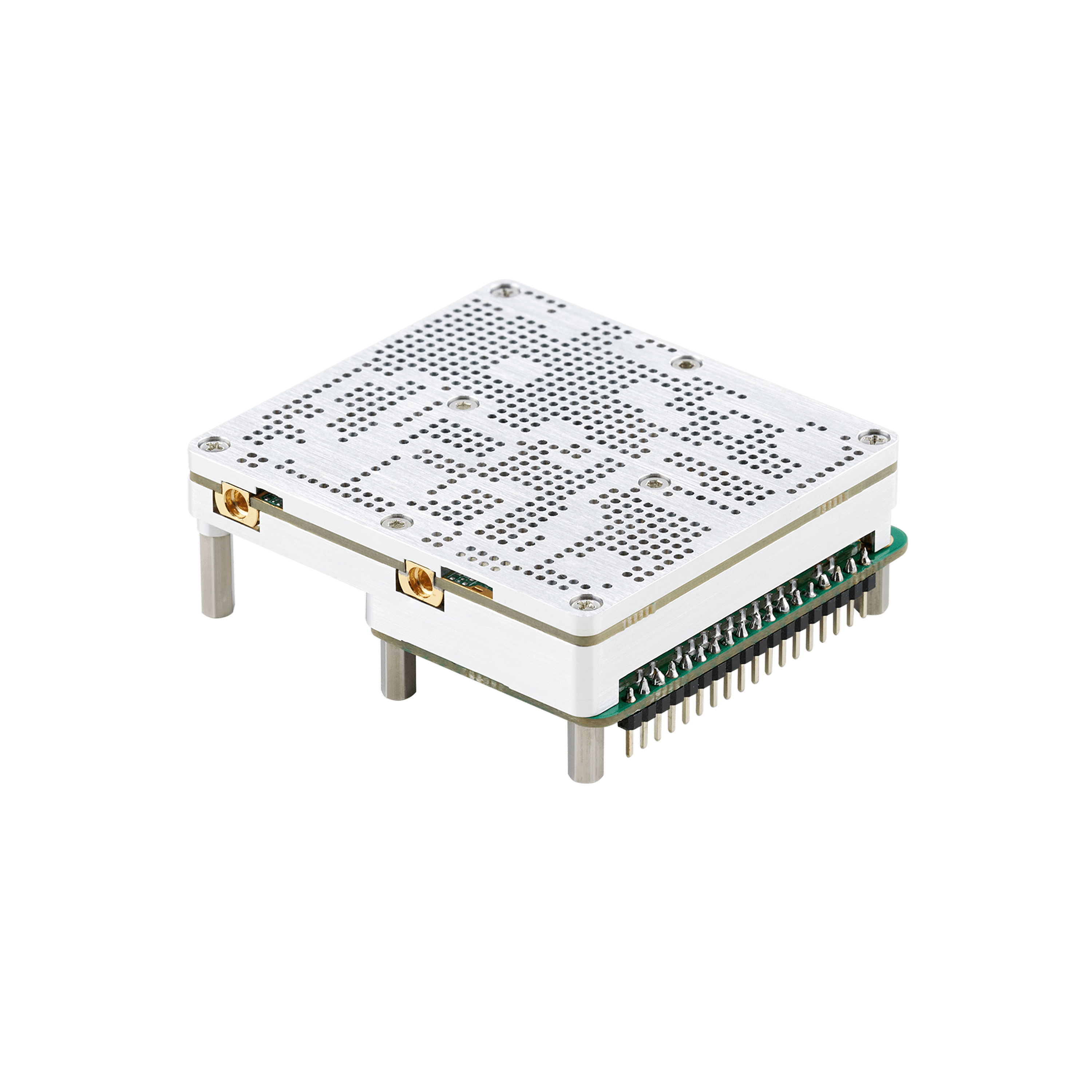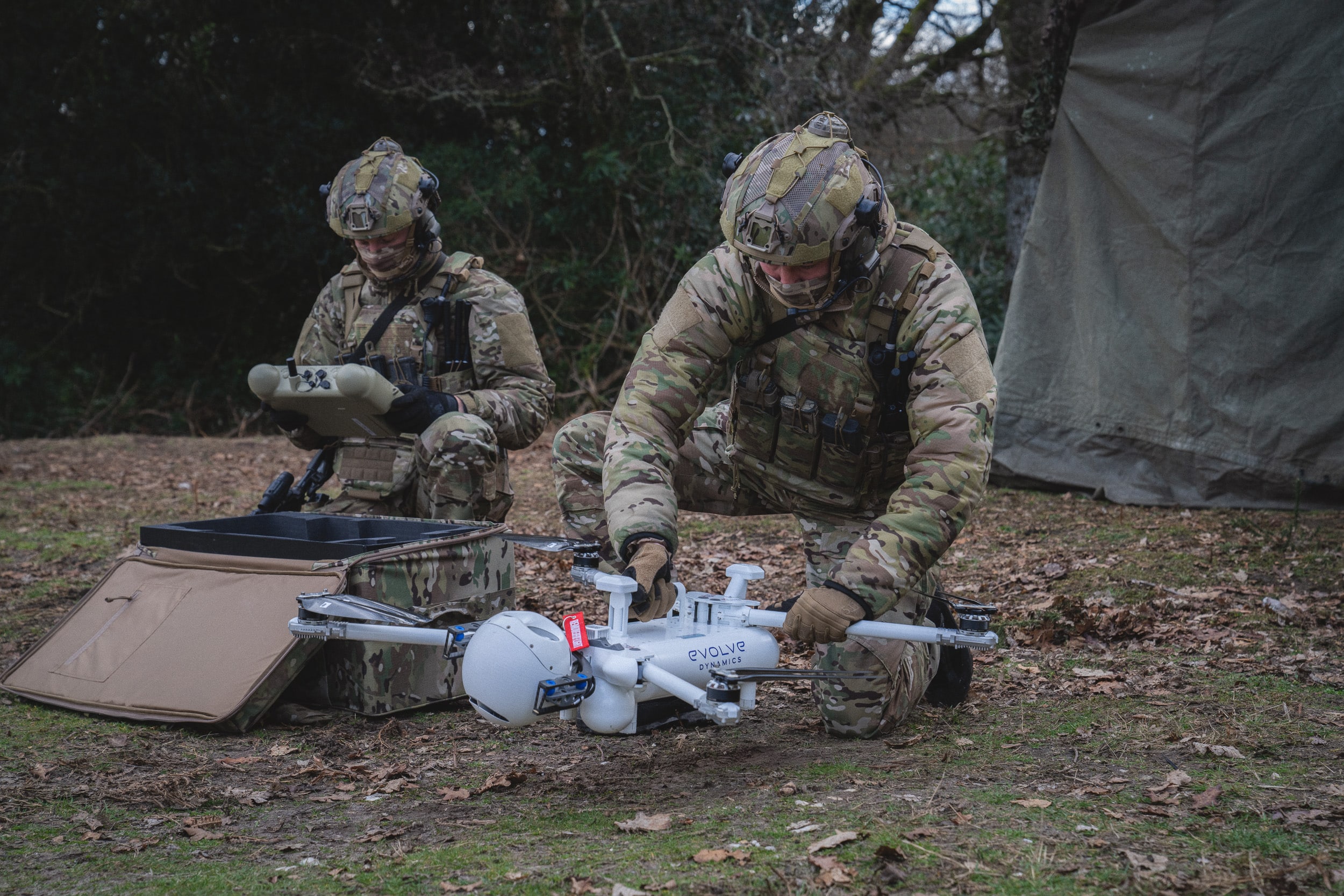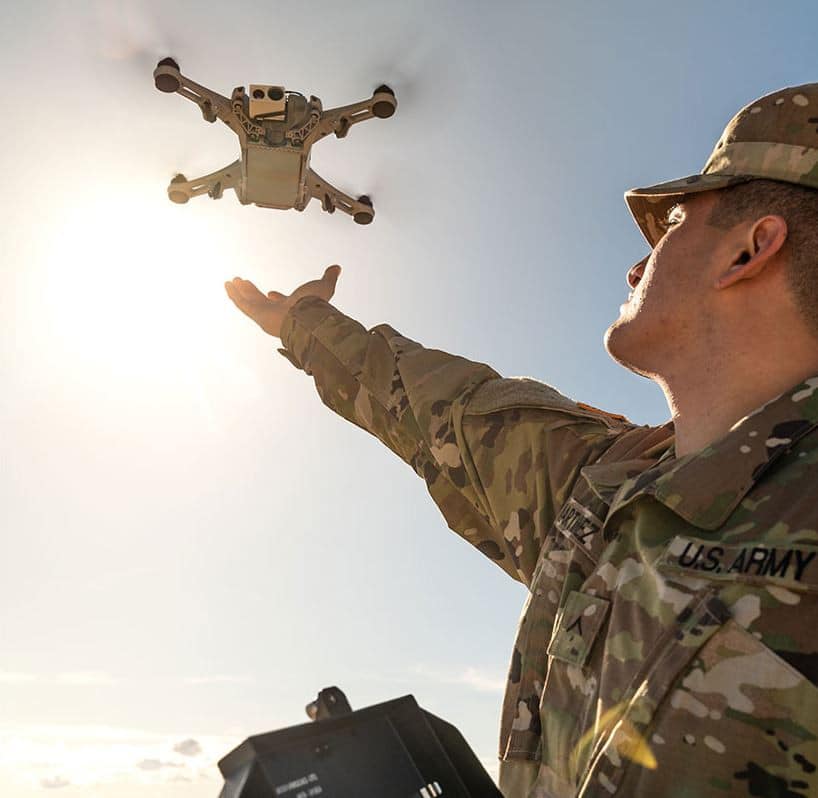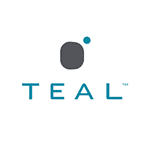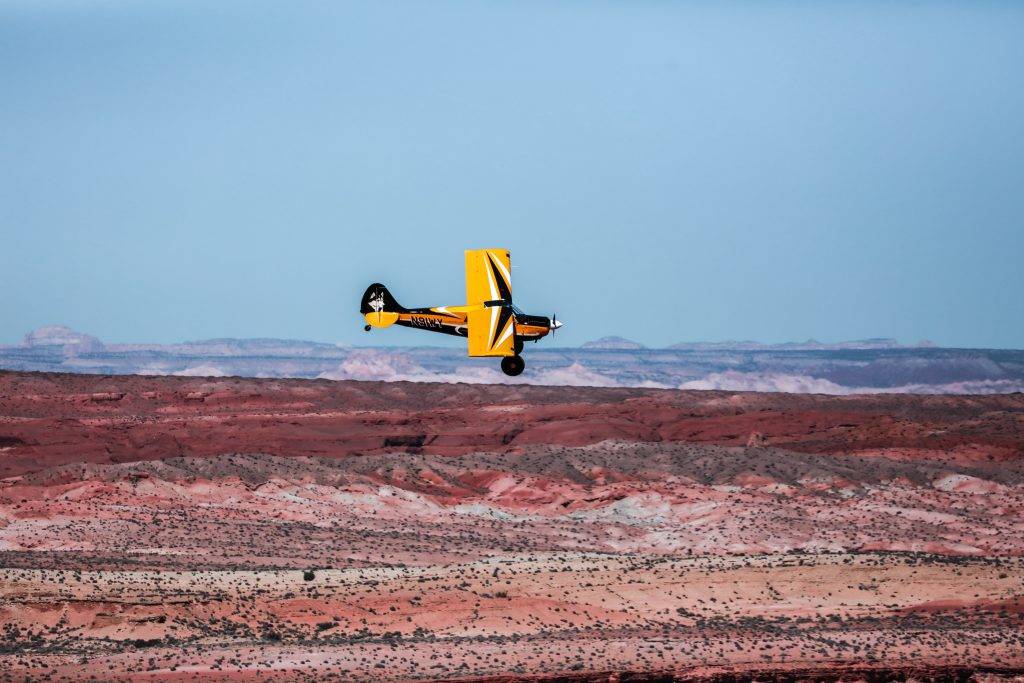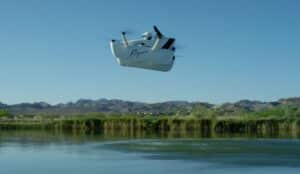
Results
Doodle Labs’ Mesh Rider Radio provides a communications link for the Flyer team to build a vast range of features and systems. With its form-factor compatibility, the Mesh Rider Radio can be swapped to operate at any frequency the local government requires.
With a wireless broadband infrastructure set, the Kitty Hawk team is able to focus on building the personal flying vehicle of the future.
Link to Kitty Hawk: https://kittyhawk.aero/

